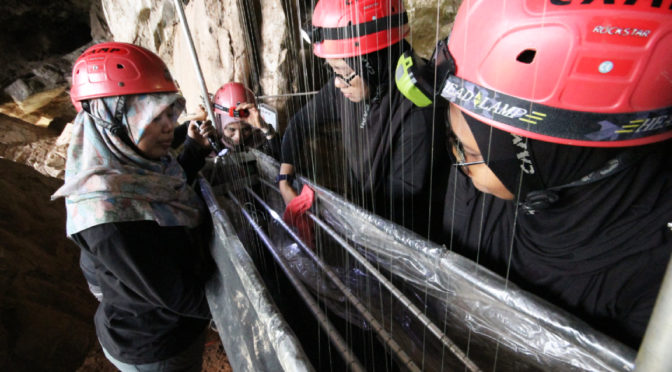EVERYTHING is about funding, says wildlife biologist Dr Wong Siew Te bluntly. Wong started the Borneon Sun Bear Conservation Centre in Sandakan, Sabah in 2008.
Before that, he visited “too many zoos to count” over the space of 17 years, mainly in the US and Asia-Pacific.
His conclusion: the funding model that works is one where funds come from both visitors and government. And the best example of that is the Singapore Zoo, “the best-run zoo in Asia”.
Sun bear conservation
Dr Wong is clear that his centre is not a zoo—it is conservation focussed, and is indeed listed in the latest Malaysian national report on biodiversity as a success story for sun bear conservation.
It has rehabilitated and released seven animals back to the wild.
However, he based the centre’s financing model on that of the Singapore Zoo. Still short of achieving the same rate of success, he was caught overnight when the Covid-19 lockdown dried up visitors and funds for the centre.
But he is convinced the model works.
Startup funds
For starters, the Singapore government had pumped into the park “an astronomical amount of money”, says Dr Wong.
“They decided the whole zoo had to be a profit-making corporation. They need to do that to keep the standard of exhibits and experiences high enough to get people willing to come and pay.”
The Singapore Zoo is therefore able to raise the price of tickets.
“And there is a shop beside every single animal exhibit, so it’s buy-buy-buy everywhere you look. The restaurants are also very nice, so you want to eat there. It is a huge money spending experience.”
All that is necessary though.
Expanding
“With that money, it becomes not just about displaying wildlife, you can do education, which is actually relatively easy. But after that, you can do research and conservation. Conservation needs scientific data to back up actions.”
He says most large zoos in the developed world have a separate research and conservation department.
“But if you want to say, track a sun bear, a single satellite collar costs more than RM10,000. Without the money, without the mechanisms to generate revenue, everything is impossible.”
Related Stories: Saving Zoos During Covid-19—Should We? (Part 2) I Aquaria and Conservation




